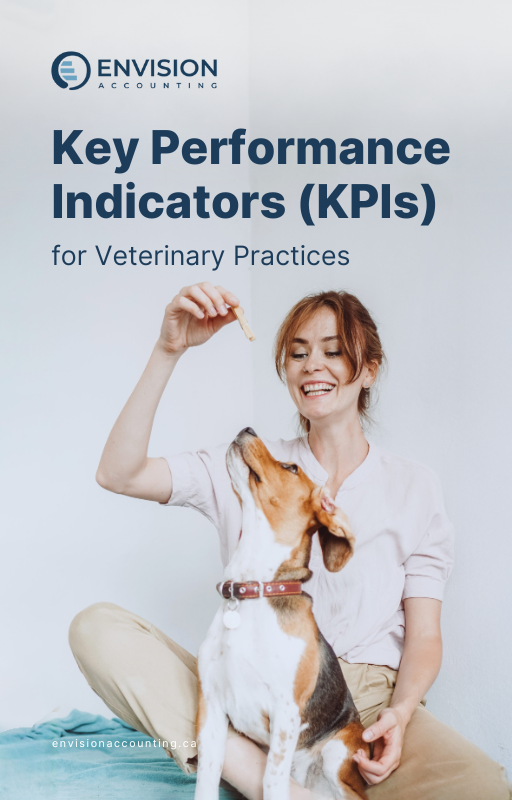How to Secure a Mortgage When Your Income Isn’t the Same Every Month
For many Canadian mental health practitioners running a solo private practice, income doesn’t arrive in consistent amounts from month to month. It rises and falls with client volume, cancellations, and clinic closures. While that’s normal for private practice, it can still cause hesitation for mortgage lenders who prefer predictable income streams.
Banks are becoming more cautious in response to rising loan defaults. Canada’s major banks are tightening approval criteria. This doesn’t mean your application will be denied. It simply means you’ll need to present your finances in a way that clearly demonstrates reliability.
Why lenders get nervous about fluctuating income
Traditional mortgage underwriting is built around predictability. Salary slips and employment letters help banks assess repayment risk, but when you’re self-employed, there’s no payroll department to back you up.
You’re not alone in this challenge. According to Statistics Canada, more than 13% of Canadians are self-employed, and many face the same hurdle when applying for a mortgage.
Prove Your Income Stability with the Right Paperwork
To overcome lender concerns, the first step is putting together the right paperwork:
- CRA documents: Most lenders will ask for your last two years of Notices of Assessment (NOAs), full T1 General returns, and GST/HST filings. These documents confirm your reported income and tax compliance.
- Business financials: Monthly income statements and cashflow reports give lenders a clearer view of how your practice performs. Xero is a useful tool for this, as it generates reliable reports many lenders accept.
- Bank statements: Lenders will also look for consistent deposits. Include at least 6 to 12 months of both business and personal bank statements to show regular inflows.
Explain Any Irregularities in Your Income
Lenders aren’t just looking at totals. They’re looking at patterns and gaps. If your income dipped or fluctuated year-over-year, be proactive by writing a brief letter of explanation.
Aim for a short, factual explanation. For example:
- “In Q1 2023, I reduced client hours temporarily due to surgery. Income resumed to normal levels by June 2023.”
- “Increased marketing in 2024 resulted in a growing waitlist and a retainer agreement with a group practice.”
Use this letter to highlight anything that shows long-term income security, such as:
- Ongoing client waitlists
- Recurring contracts (e.g., EAPs, clinic sublets)
- Income diversification (e.g., supervision, workshops)
Know your debt ratios
Lenders use your gross debt service ratio (GDS) to assess whether the mortgage fits your income. Most will raise a flag if your GDS exceeds 25% to 30% of your income, according to Bank of Canada guidance.
That means:
- Keep your personal debt low. Pay off credit cards or personal loans where possible.
- Try to save at least a 10% down payment. This improves your eligibility for self-employed or stated-income mortgage options and may even help you qualify for a better rate.
Set Aside Emergency Savings
Even a strong application can be weakened by uncertainty. That’s why an emergency fund that is enough to cover at least three months of mortgage payments can be a powerful part of your package.
It reassures lenders that you can weather short-term gaps in billable hours, whether due to illness, vacation, or seasonal slowdowns.
Use Cashflow Reports to Strengthen Your Application
Lenders need to see more than your annual income. They want to understand how your cash flows month to month.
Use your Xero dashboard to create PDF snapshots of monthly income and expenses. Even if your invoices vary, a steady stream of deposits and consistent expense management shows that your business is well run.
Attach these reports to your application to support your explanation with clear visuals.
Explore Self-Employed Mortgage Options
If a traditional bank route isn’t a fit, you have other options:
- Business-for-self (BFS) mortgages are designed for self-employed applicants. Many are backed by the CMHC or private insurers, and they allow for averaged income over two years or stated income with additional documentation
- Credit unions may be more flexible than the big banks. Some offer relationship-based lending that looks at your full financial picture, not just T4s or salary slips
Stay Informed About Policy Changes
Staying ahead of government and lender updates helps you time your application wisely.
The CRA’s planned income-verification portal will eventually allow lenders to verify your tax filings directly. A clean, well-documented record could help your application move faster.
Monitor Bank of Canada policy updates. Rising debt-service ratios signal that lenders may become more conservative, so having a strong file ready gives you a head start.
Next Steps
If you’re planning to buy a home or refinance in the next year or two, the time to start preparing is now. A well-organized financial package can make all the difference.
If you’d like guidance on organizing your financial records, we offer a free 15-minute Tax Therapy session a free 15-minute consultation for mental health professionals.
Or, if you’d rather explore on your own, take our free Practice Financial Wellness assessment for a snapshot of where you stand.









